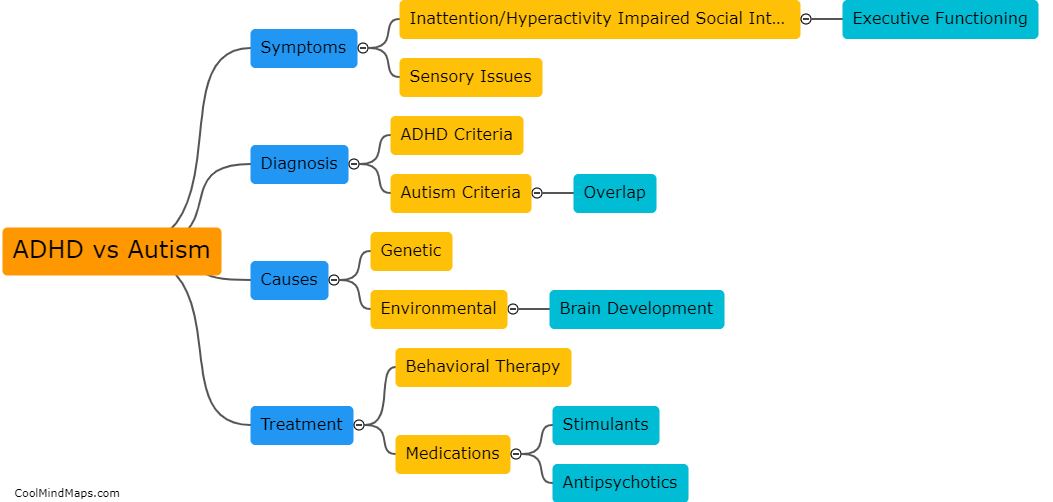What are the different approaches in studying pathology?
There are several different approaches in studying pathology, which is the branch of medical science that investigates the causes and effects of diseases. One approach is anatomical pathology, which involves examining tissue samples taken during biopsies or autopsies to identify abnormalities and diagnose diseases. Another approach is clinical pathology, which focuses on analyzing bodily fluids, such as blood and urine, to detect and monitor diseases. Molecular pathology involves studying the genetic and molecular changes that occur within cells and tissues, providing insights into the underlying mechanisms of diseases. Experimental pathology uses animal models and laboratory experiments to investigate disease processes and evaluate potential treatments. Lastly, forensic pathology examines the cause of death in cases of suspicious or violent deaths, applying principles of pathology to legal investigations. These various approaches collectively contribute to our understanding of disease and help guide clinical management and treatment decisions.

This mind map was published on 6 January 2024 and has been viewed 90 times.











